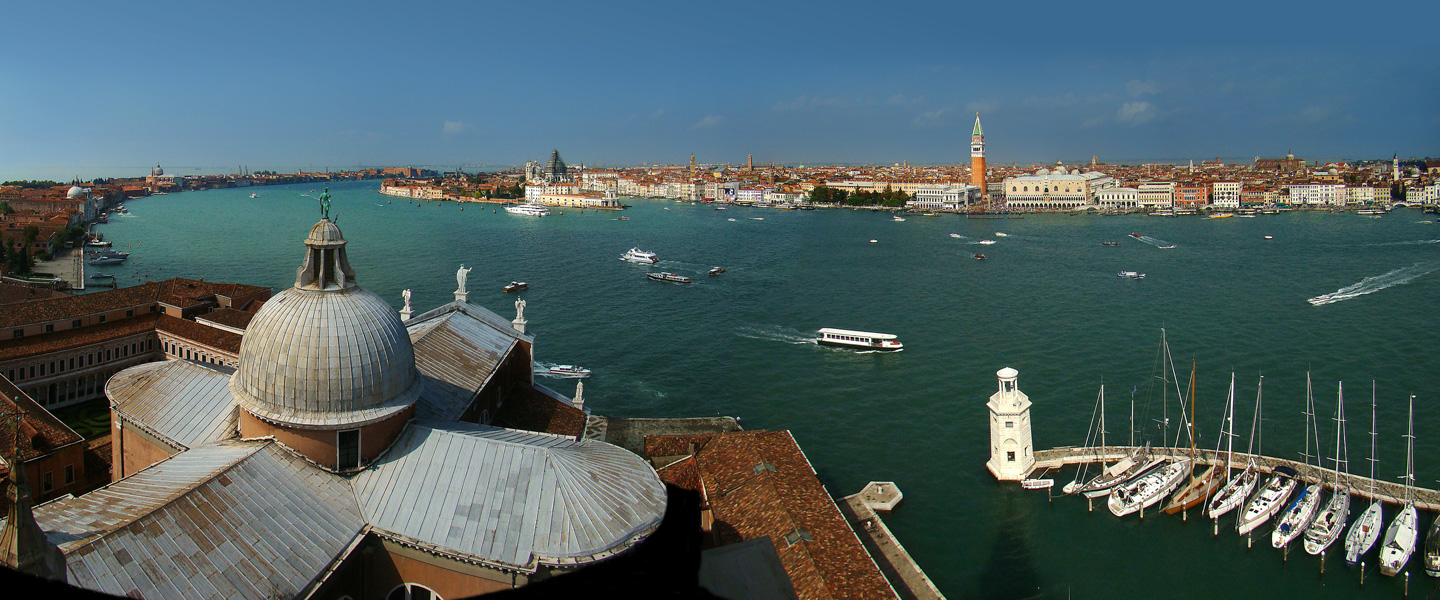 Venice's economy has changed throughout history.
In the Middle-Ages and the Renaissance, Venice
was a major centre for commerce and trade, as it controlled a vast sea-empire,
and became an extremely wealthy European city, a leader in political and
economic affairs and a centre for trade and commerce. Since the 11th century
until the 15th century pilgrimages to the Holy Land were offered in Venice. Other ports such
as Genoa, Pisa, Marseille,
Ancona and Dubrovnik
were hardly able to make any competition to the well organized transportation
of pilgrims from Venice.
This all changed by the 17th century, when Venice's
trade empire was taken over by other countries such as Portugal, and its naval importance
was reduced. In the 18th century, then, it became a major agricultural and
industrial exporter. The 18th century's biggest industrial complex was the Venice
Arsenal, and the Italian Army still uses it today, Venice's economy is mainly based on tourism,
shipbuilding services, trade and industrial exports. Murano glass production in
Murano and lace production in Burano are also highly important to the economy
Venice's economy has changed throughout history.
In the Middle-Ages and the Renaissance, Venice
was a major centre for commerce and trade, as it controlled a vast sea-empire,
and became an extremely wealthy European city, a leader in political and
economic affairs and a centre for trade and commerce. Since the 11th century
until the 15th century pilgrimages to the Holy Land were offered in Venice. Other ports such
as Genoa, Pisa, Marseille,
Ancona and Dubrovnik
were hardly able to make any competition to the well organized transportation
of pilgrims from Venice.
This all changed by the 17th century, when Venice's
trade empire was taken over by other countries such as Portugal, and its naval importance
was reduced. In the 18th century, then, it became a major agricultural and
industrial exporter. The 18th century's biggest industrial complex was the Venice
Arsenal, and the Italian Army still uses it today, Venice's economy is mainly based on tourism,
shipbuilding services, trade and industrial exports. Murano glass production in
Murano and lace production in Burano are also highly important to the economy
A Traveller's History of Venice, Peter Mentzel
Venice:
The Biography of a city, Christopher Hibbert


No comments:
Post a Comment